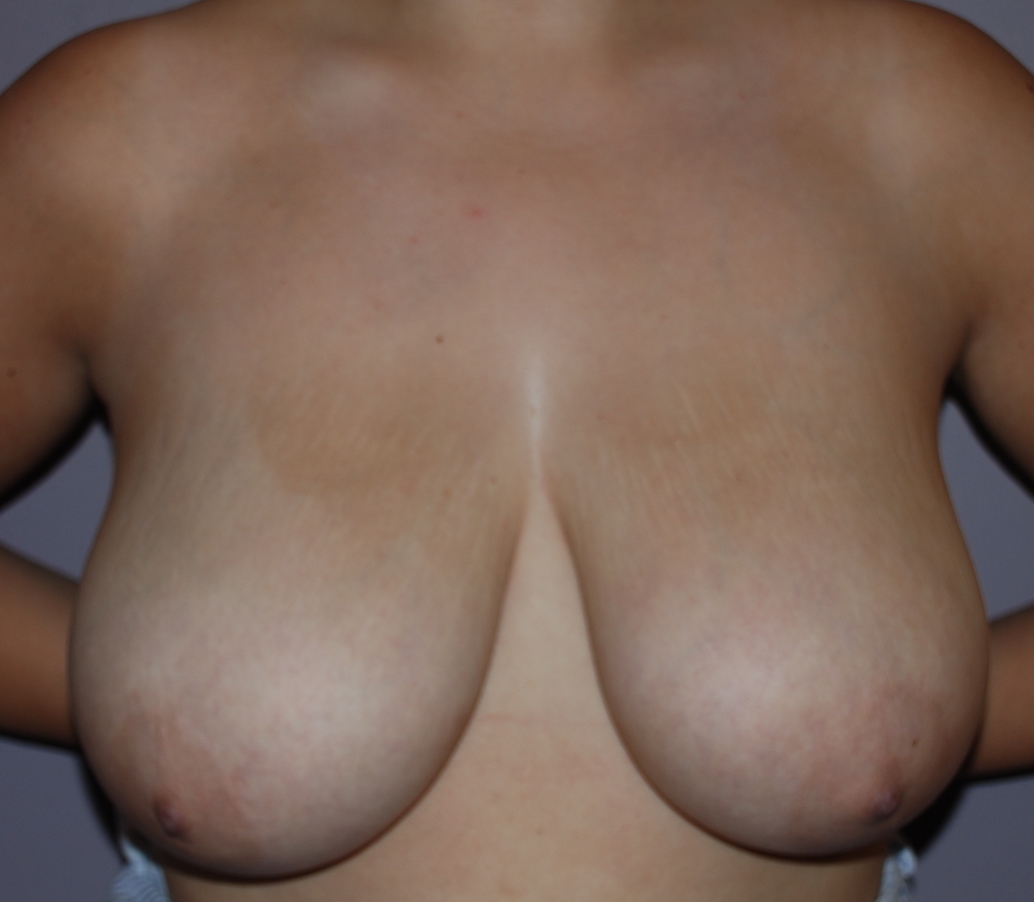
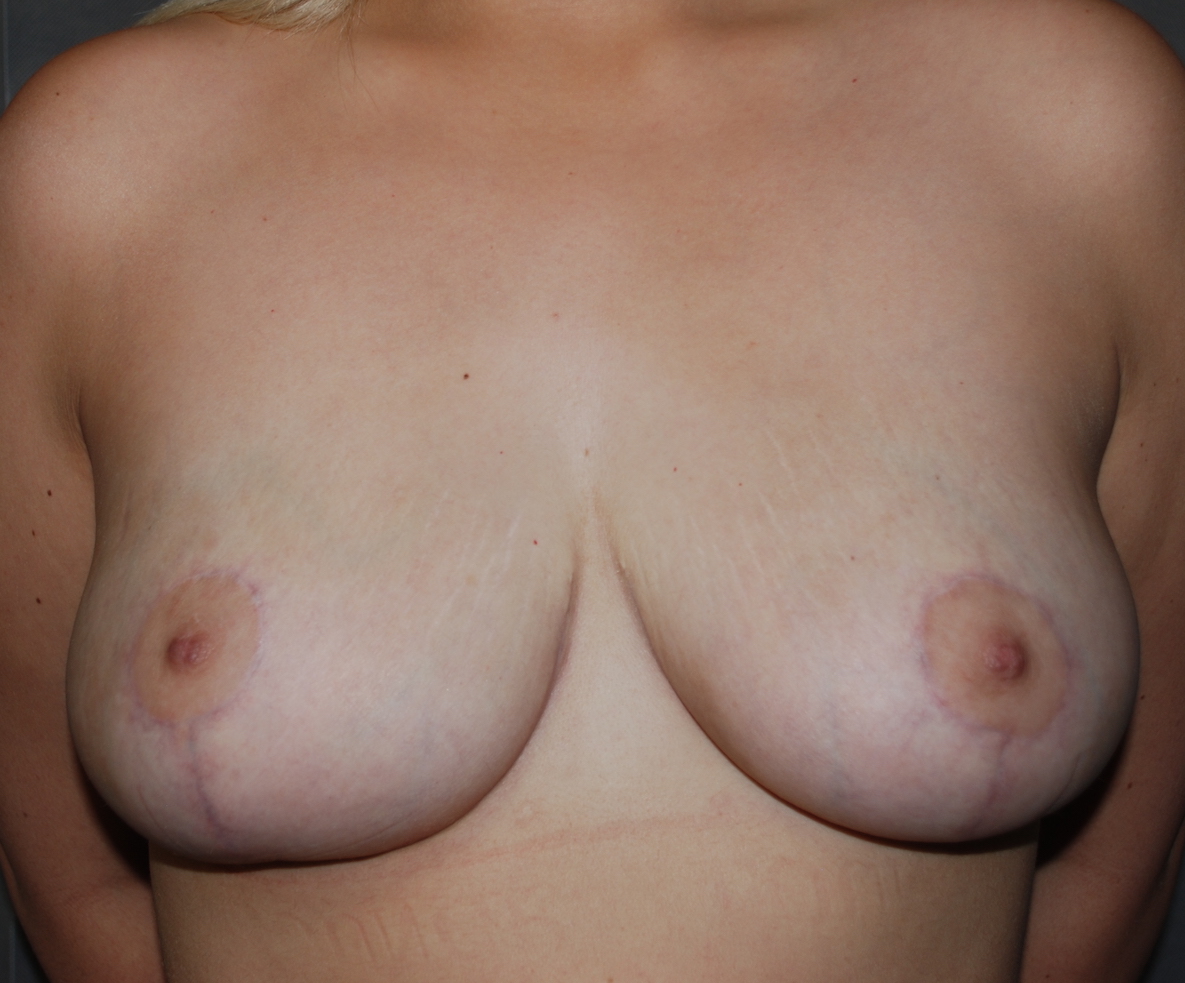
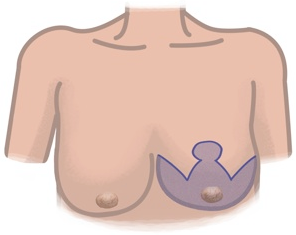
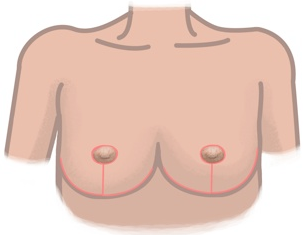
Brilliant, my breasts look like they did when I was 20. thank you so much. ER 74yrs. Crawley, West Sussex.
My shoulders and back are perfect - used to see physio every 3 weeks. also my friends say I am ‘taller’ because i am not stooping so much any more. KW Ashford, Kent.
Thankyou for sending the photos, although I'll never forget how my pre-op shape made me feel, it's amazing how I quickly I've forgotten! Mr Harley is a very talented surgeon, i would like to take this opportunity to thank you both for making the whole process from start to finish a professional one. JT. Gillingham, Kent.
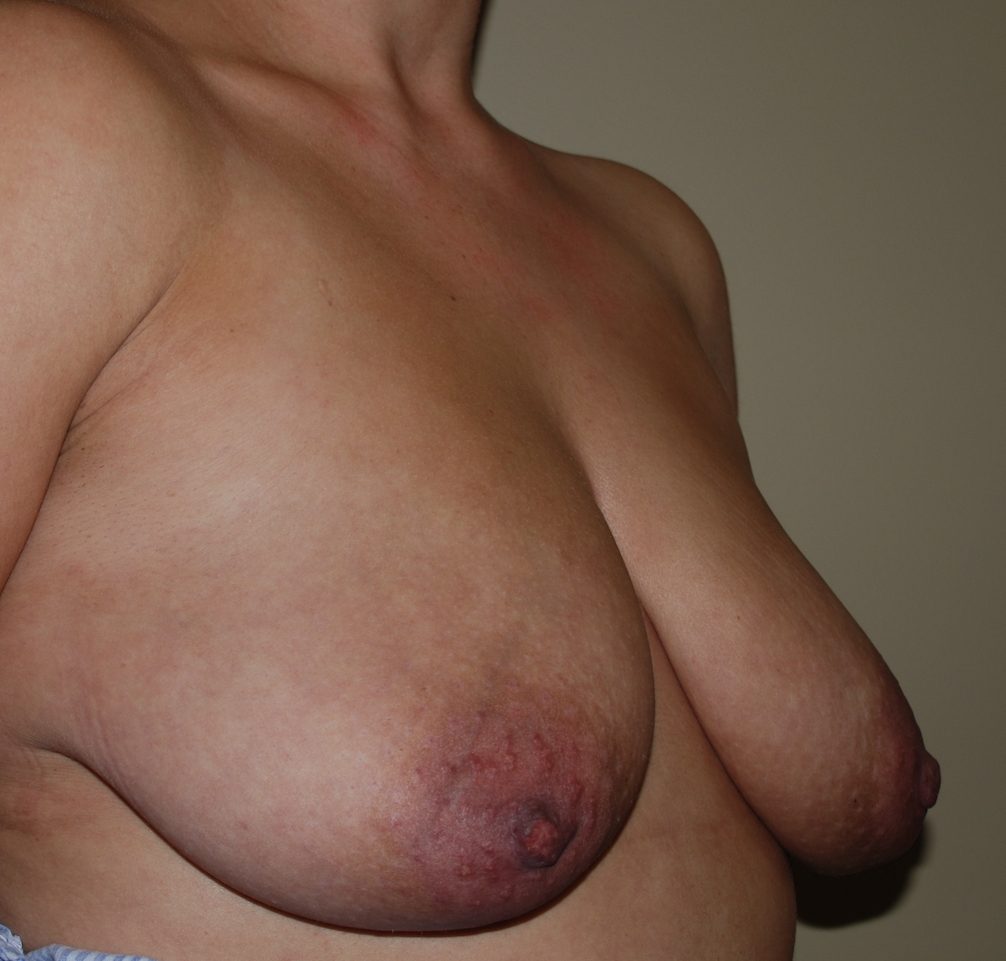
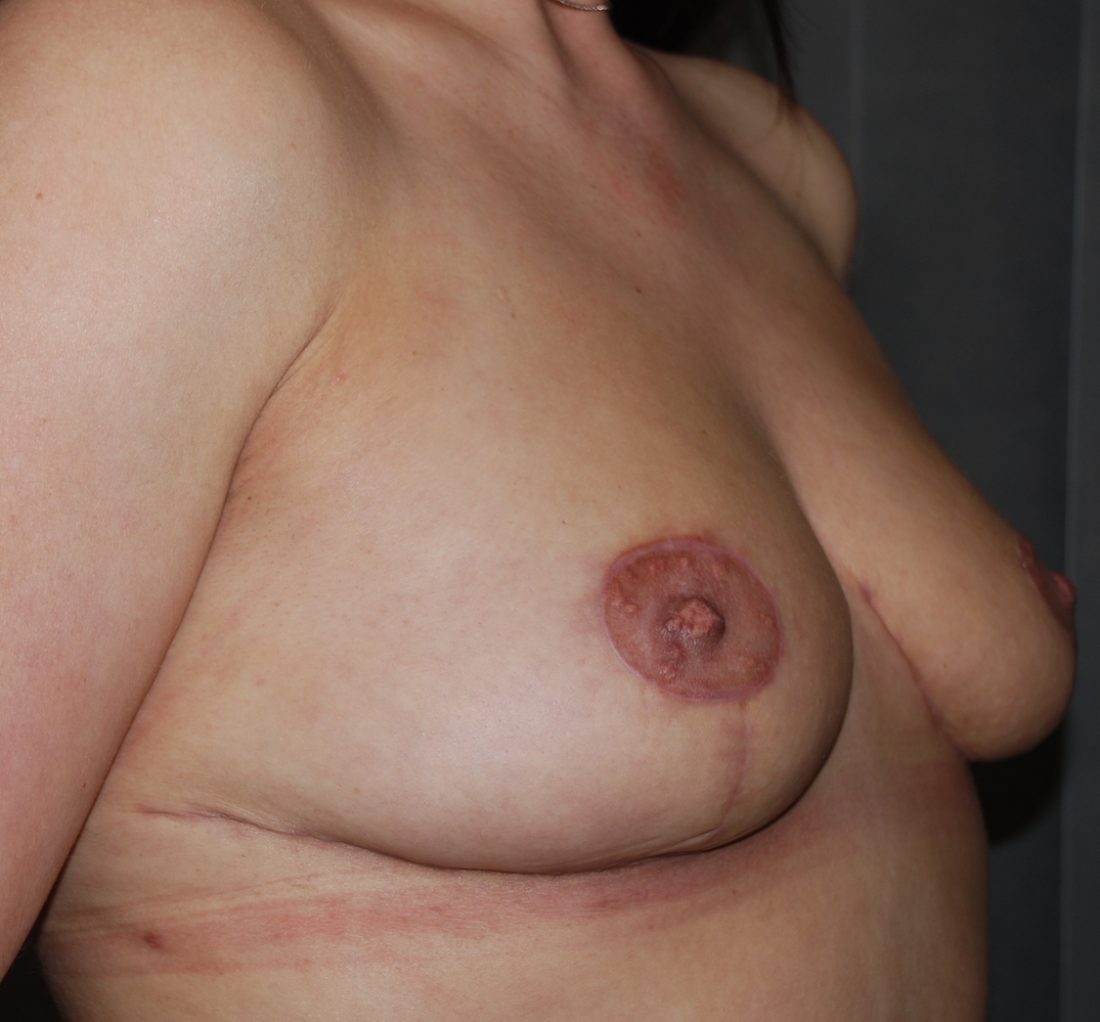
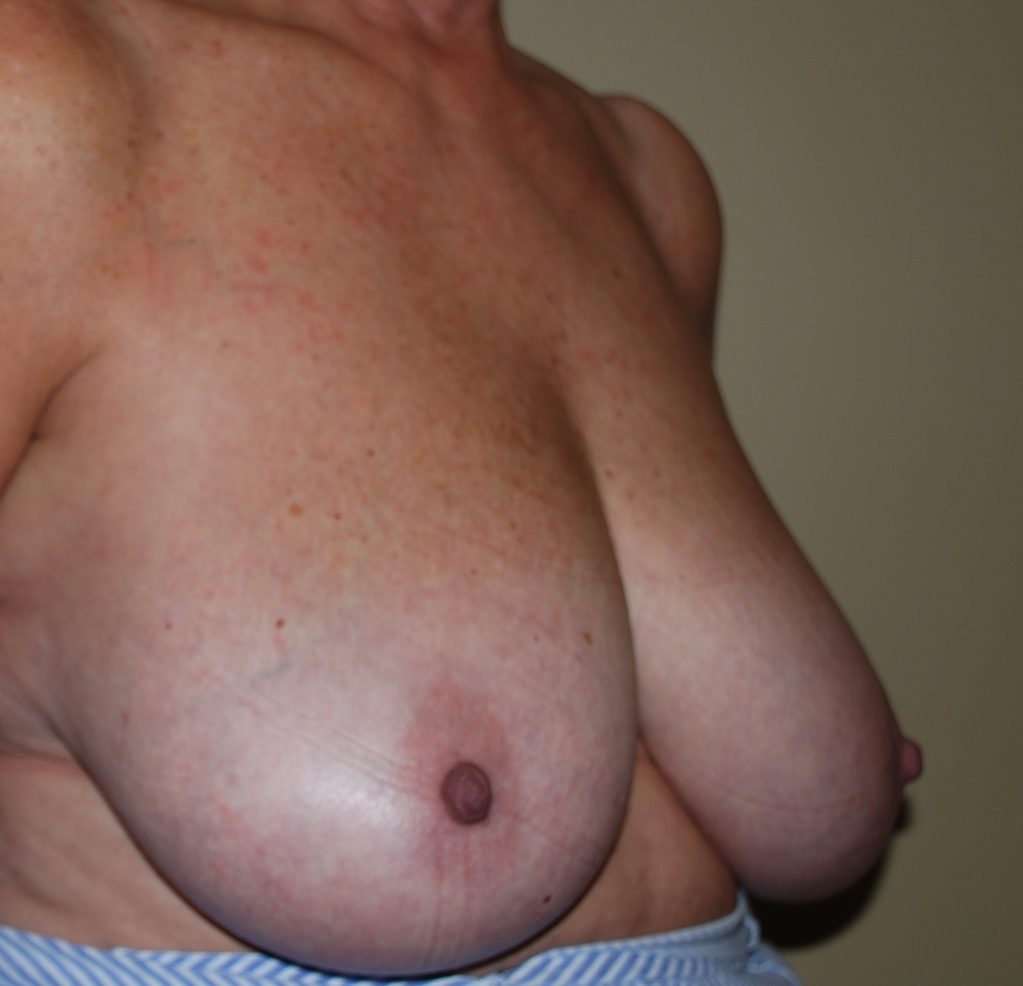
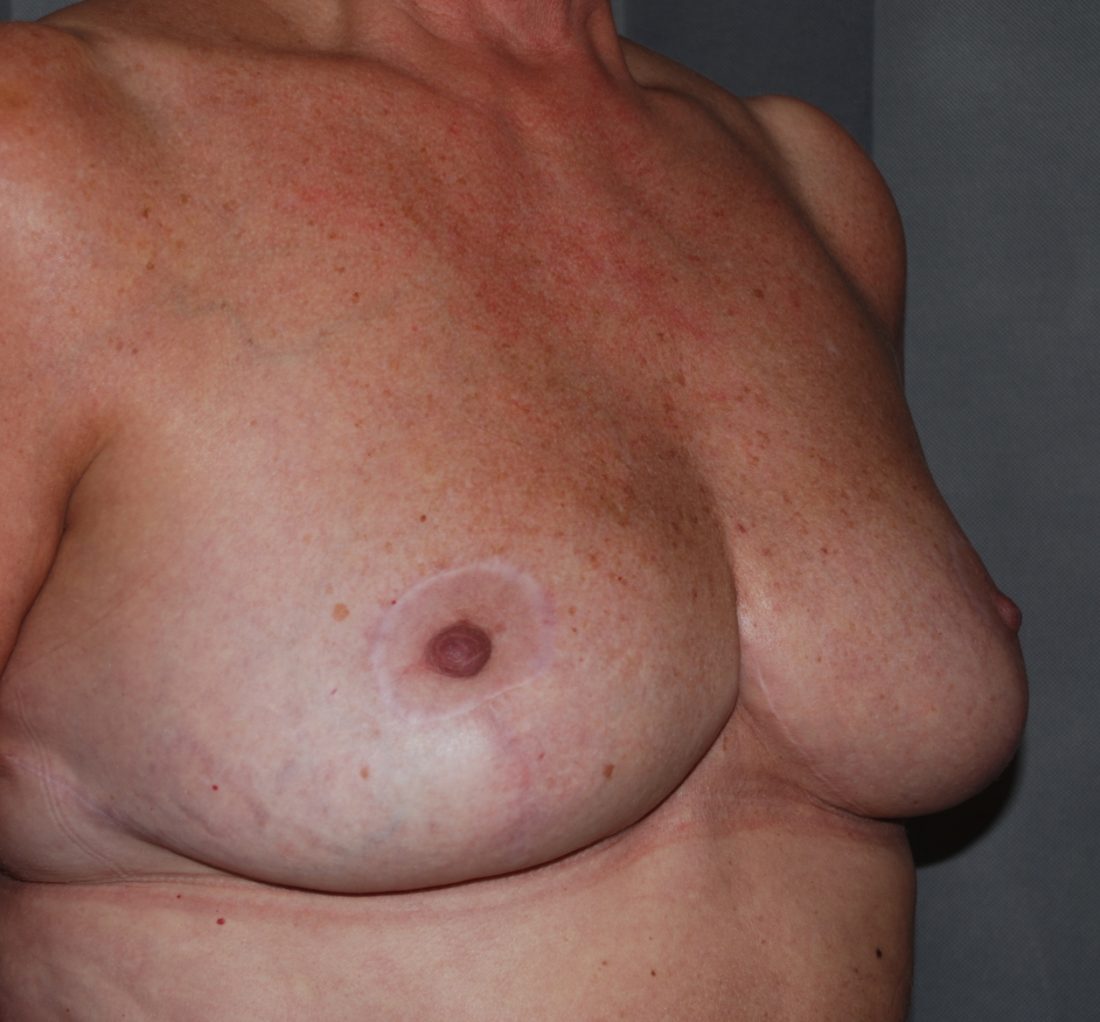
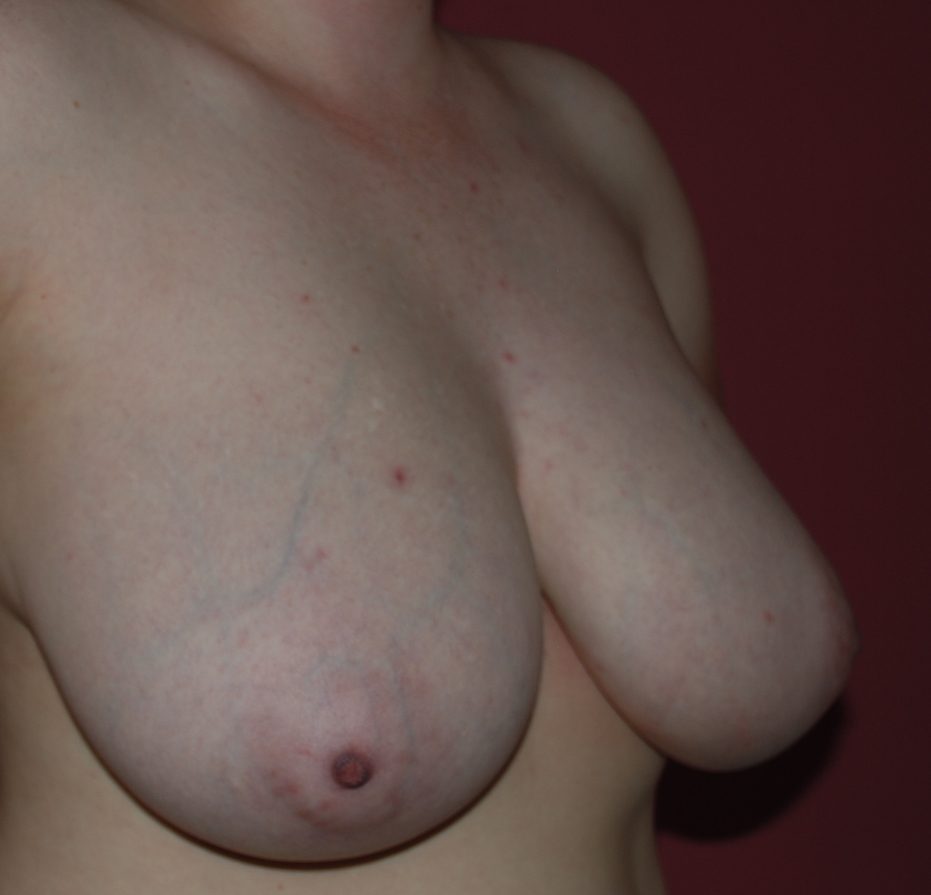
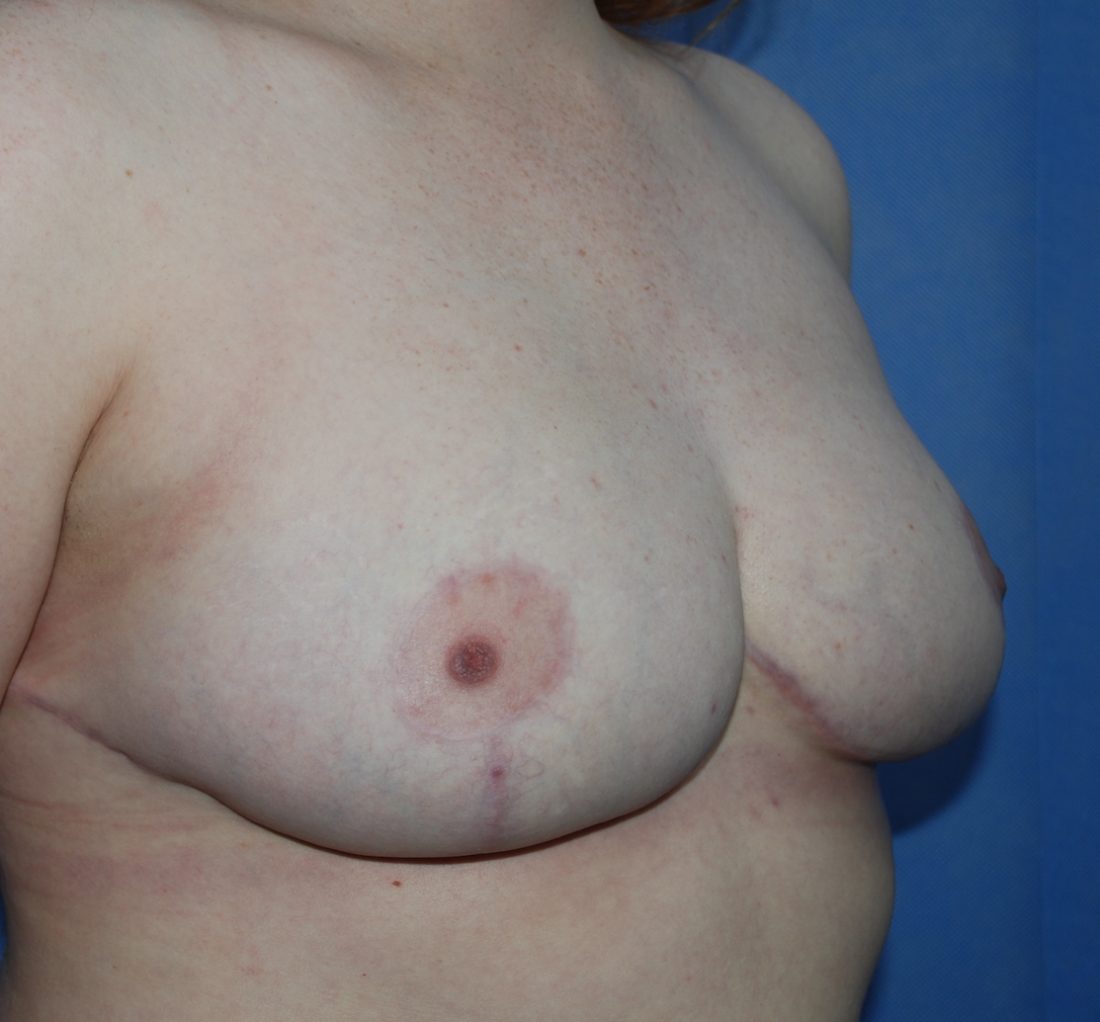
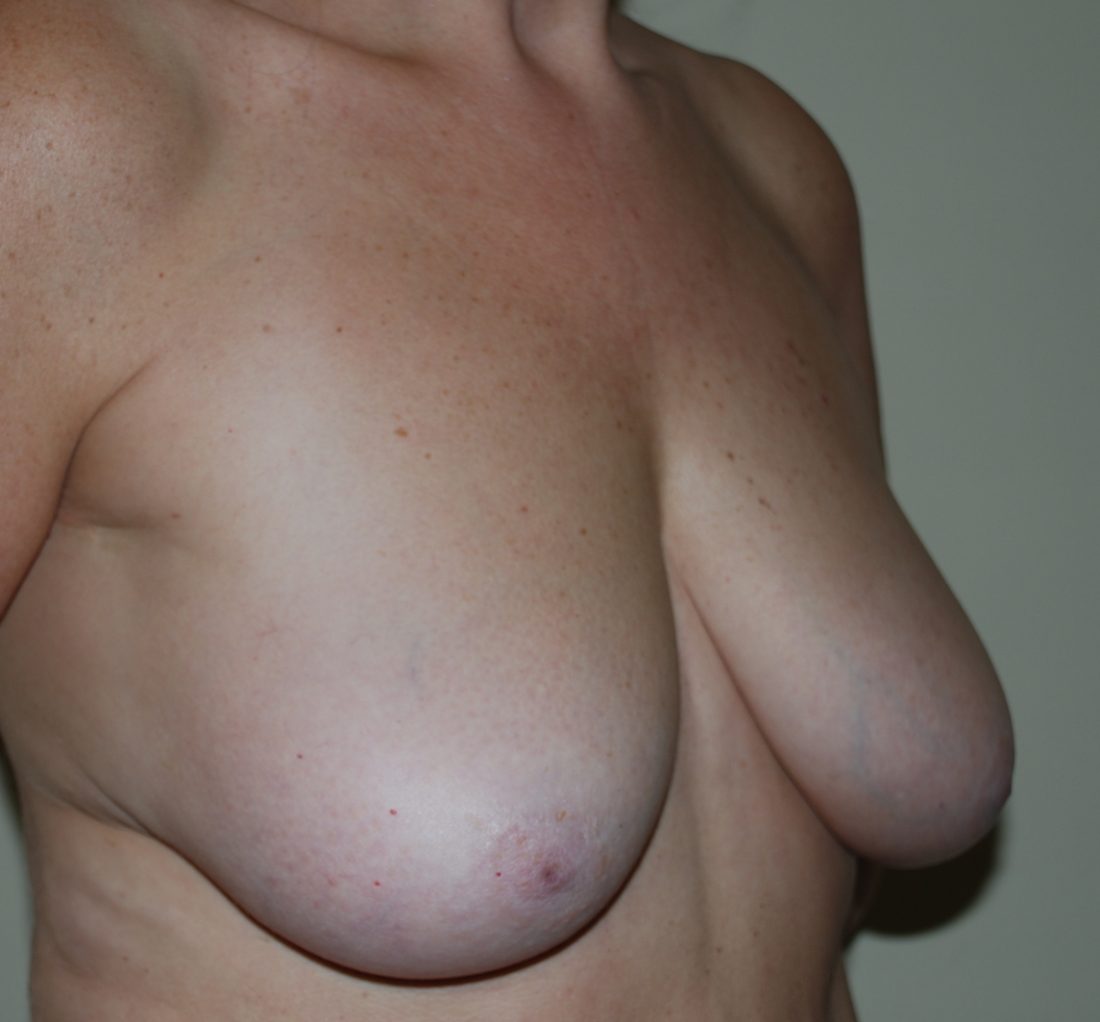
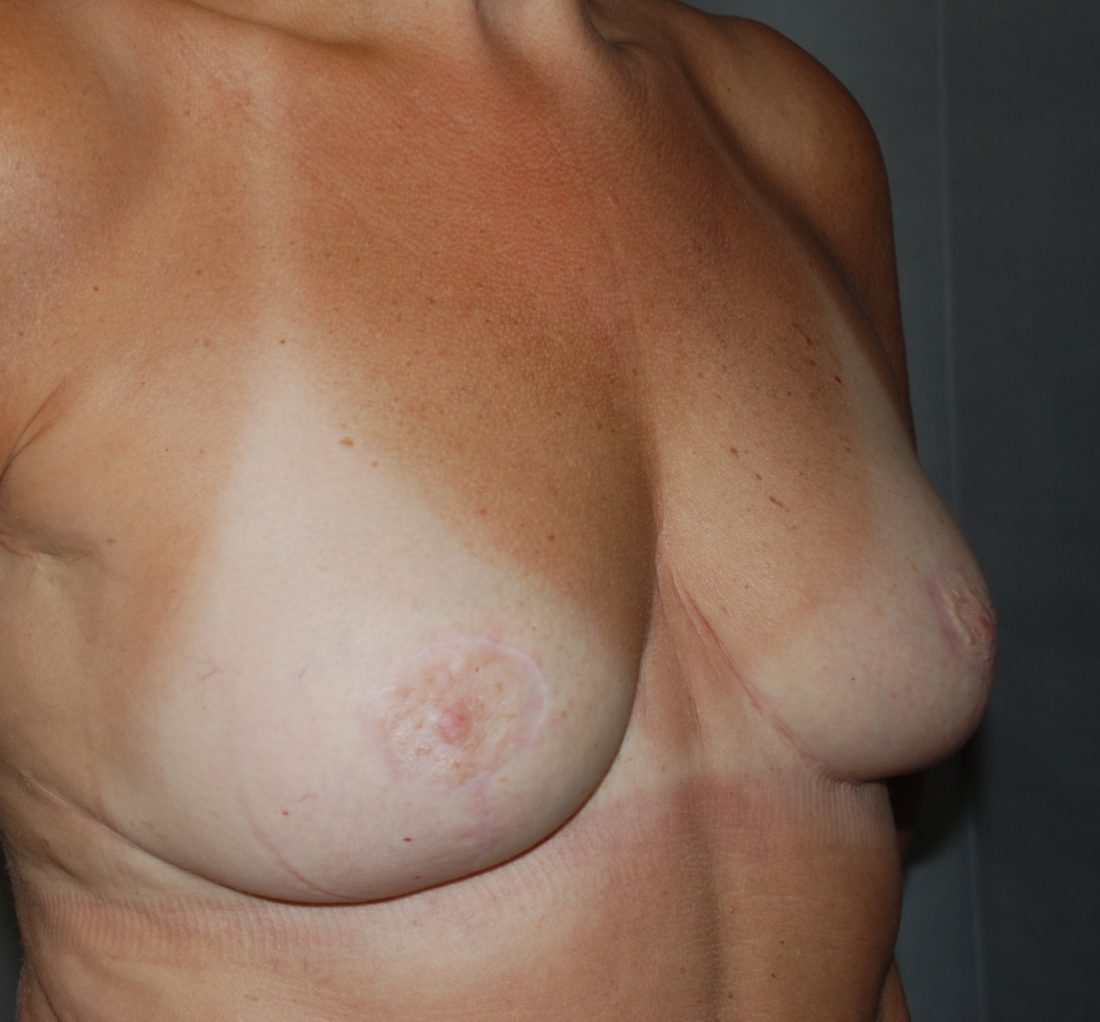
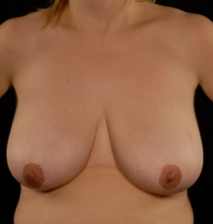
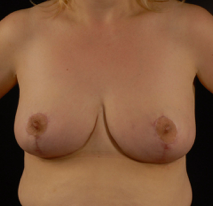
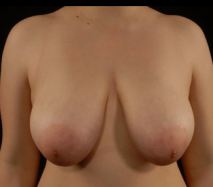
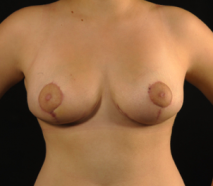
What is Breast Reduction?
Breast reduction or reduction mammaplasty is available for women who would like to have smaller breasts. This removes the extra weight of heavy breasts and improves the quality of life for women who are troubled by large breasts.
How would I be helped by breast reduction?
You may find that your breasts are too big. This could be for reasons of body image perhaps if you have a slight or slim figure which is out of keeping with the size of the breasts. Regardless of your overall body shape, large and heavy breasts can cause pains around the neck and shoulders, affect posture or cause rubbing and discomfort from bra straps. The breast crease can be sweaty and even develop rashes or sores.
If you are sporty you may find that a big bust interferes with your activities. From time to time women have jobs or pastimes which may be difficult due to physical requirements or special clothing. Other patients find that large breasts are a source of unwanted attention and comment. All of these problems are successfully addressed by breast reduction; women have high rates of satisfaction following breast reduction surgery and this is supported by medical research into quality of life after this procedure.
How is the operation done?
One of the most important aspects of breast reduction surgery is your consultation. Mr Harley will listen carefully to your concerns and discuss the look you want to achieve. It is usual to understand this in terms of bra cup-sizes but it must be remembered that, for the same cup-size, there are marked differences between bra manufacturers. There are also differences in the way women are measured for and select a bra. Cup-size is therefore helpful for conceptualising the objective of surgery but it is impossible to predict an exact cup-size following breast reduction.
The operation itself is done while you are asleep (general anaesthetic). It takes approximately 3 hours and you can go home on the day of surgery or the day following it.
Breast reduction removes skin and breast tissue usually from the underneath and sides of the breast and reshapes the remaining breast tissue to give natural and more youthful appearance. This is carefully measured and planned at your consultation and again immediately prior to surgery. The remaining skin and tissue is reshaped around the nipple and the resulting breast is smaller, lighter and uplifted.
Surgical incisions are sited around the nipple pad, from the nipple pad vertically down to the breast crease and then side to side in the breast crease. Dissolving stitches are used and these are buried under the skin. The scars heal well and are generally very subtle once the healing process is complete.
What happens after the surgery?
Shower-proof dressings are used and a soft supportive bra will be put on you in the operating theatre. You may be able to go home on the day of surgery or on the morning after and you are advised to rest quietly at home for a couple of weeks.
Dressings should be left intact until your first check-up 1 week after surgery. The bra should be worn continuously (except for washing) for 6 weeks after surgery. Vigourous or repetitive activity must be avoided during this time. You can have a brief shower or stripwash but bathing and swimming should be avoided for 2 weeks or until all wounds are sealed and dry.
Approximately 10% of patients will have a small section of the scar which will be a bit slower to heal - usually at the T-junction in the breast crease. Sometimes there is some blistering along the wound edges from the adhesive dressings.
There is some pain but it is rare for this to be severe after. The breasts will be bruised and swollen and this will settle slowly during the weeks that follow surgery. It will be approximately 3 months before the breasts become soft and natural feeling and it takes approximately 12 months for scars to fade.
In the longer term you will find that the nipple and the skin on the underside of the breast is a bit numb.
What happens if I have children?
You must not be pregnant or breastfeeding at the time of surgery. It is advisable not to become pregnant for 12 months after breast implant surgery in order to allow the breast to fully settle. Pregnancy itself causes no problem and, most patients will be able to breastfeed after breast reduction but this is not guaranteed. It should be remembered that some women with unoperated breasts are unable to breast feed.
The breast will change in shape and fullness during and after you have completed your family and it is impossible to predict whether you might require further surgery as a result of this.
Should I be concerned about breast cancer and breast reduction surgery?
This depends on your age and any family history of breast cancer. Breast reduction surgery is not linked with breast cancer. Your surgeon will examine your breasts for lumps when you attend for your consultation. If you are over 40 or have other risk factors (family history of breast cancer) you are advised to visit a screening service in advance of having breast enlargement. It is best to have this done in advance of your consultation.
What problems can occur with Breast Reduction Surgery?
Common to all surgical procedures there are always risks associated with breast surgery and dangerous problems can very occasionally occur. Breast reduction is a very safe procedure if performed by a fully qualified and trained plastic surgeon in hospitals with a high standard of care. Although there is a long list of potential problems, all of them are unusual and most are things which can be corrected if they do not correct by themselves or have limited overall impact. Risks include bleeding inside the breast, infection, poor nipple healing / loss, fat necrosis – hardening. Sometimes small folds of redundant skin remain after surgery especially where large reductions are done. Any of these risks may require further surgery to correct. Other risks that may occur are: loss of nipple sensation, poor scars, asymmetry of the breasts (many breasts are slightly asymmetrical prior to surgery). The final size and shape of the breast is difficult to exactly predict and occasionally patients find that the result does not meet expectations.
Can the breasts grow again?
Rarely, breasts can enlarge again in the years following surgery. It is impossible to predict this.
What are scars like?
Scars are disguised by placing them around the edge of the nipple-pad, in the breast crease and vertically down from the nipple-pad to the crease. Scars are pink for several weeks and then start to settle. They mature well in almost all cases but it is impossible to make them completely invisible.
Is breast reduction right for me?
Do you feel that the weight of your breasts causes discomfort around the shoulders and neck? Do you have problems keeping the skin in the breast creases healthy? Do you get unwanted attention because of your breast size? Do your breasts interfere with professional or recreational activities? If you experience any of these problems, you could be helped by breast reduction surgery. The surgery will relieve you of the extra weight from heavy breasts and may help you to be more active as a result. Within reason it is possible to reduce the breast size by any amount to suit your wishes and this will be carefully assessed at your consultation. You will also have a full explanation of the advantages and the potential problems that can be associated with breast reduction. If you are a healthy adult, the surgery is a low risk procedure.
Why have my surgery with Mr Harley?
Oliver Harley has had extensive experience and training in plastic surgery of the breast in the UK both within the cosmetic sector and the NHS. Communication and empathy is vital for providing good, safe care; a personal service is offered which includes opportunity for additional pre-operative consultations, follow up for a year after surgery as necessary. You will meet Mr Harley at all consultations and this will enable him to understand your cosmetic objectives, to reassure and support you throughout the process and to ensure the best possible outcome from your surgery.
